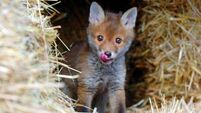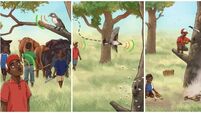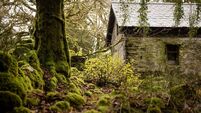Bursting back to life — and celebrating St Brigid's Day

Badger cubs, bluebells, and robin chicks: in February, badgers spring clean their homestead — called a ‘sett’ — after waking from hibernation. They are one of the first animals each spring to have their young
Today is Lá Fhéile Bríde — and next Monday, February 6, is Ireland's first ever St Brigid's bank holiday (and the country's first bank holiday named after a woman).
St Brigid’s feast Day on February 1 is a traditional marker of the beginning of spring. St Brigid was a Christian saint, noted for her dedication to animals, now recognised as a patron saint of Ireland, along with St Patrick and St Columba.








